Our Drive up to the Volcano
canarybird01
16 years ago
Related Stories

DINING ROOMSFreshen Up Your Dining Room to Savor Meals More
If drive-through dining or a TV companion is your daily deal, you might just need a dining room worth spending unhurried time in
Full Story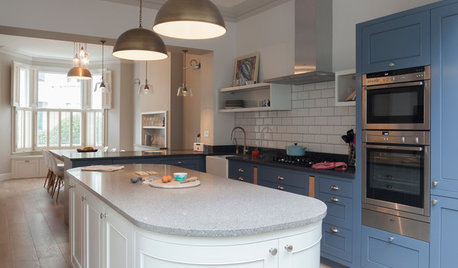
HOMES AROUND THE WORLDTraditional Kitchen Opens Up and Lightens Up
Removing a wall was key to creating a large kitchen and dining space for family life in this London house
Full Story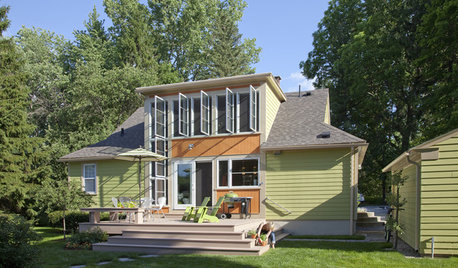
REMODELING GUIDESHouzz Tour: A Drive in the Country Ends in a Remodel
A couple out for a spin find a cottage with untapped potential. Their redo highlights lovely views and midcentury charm
Full Story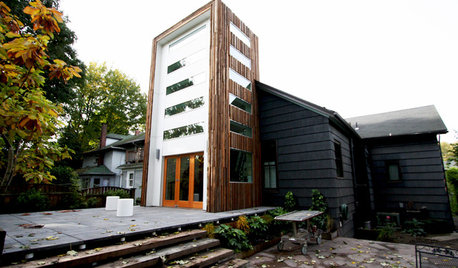
HOUZZ TOURSHouzz Tour: Personality Drives a Modern Addition in Portland
Artistry goes hand in hand with increased light and space in this playful home filled with eclectic and cheeky details
Full Story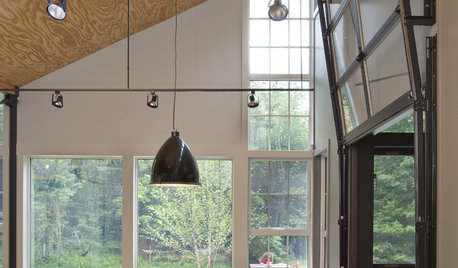
ARCHITECTUREThe Hidden Factors Driving Your Home's Design
Before you can talk aesthetics on a new build or remodel, you've got to open the floor to rules and requirements
Full Story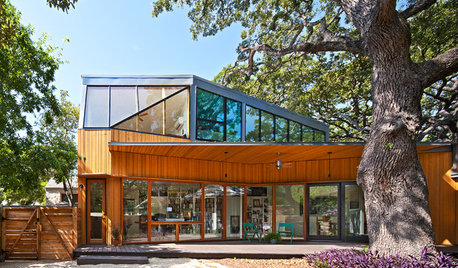
ADDITIONSHouzz Tour: Tree Respect Drives a Dynamic Modern Addition
Protecting a heritage oak calls for creative thinking, and this Texas home shows the successful result
Full Story
PRODUCT PICKSGuest Picks: Up the Wall
Free up floor space by going vertical with attractive wall storage solutions that put books, toys and jewelry within easy reach
Full Story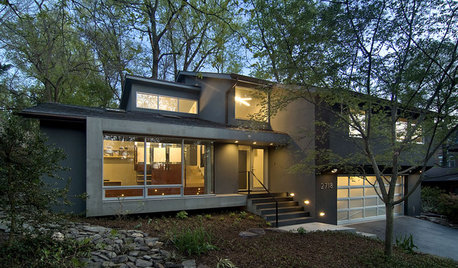
REMODELING GUIDESStep Up Your Split-Level Spec House
Three off-the-rack split-level homes, three dramatically different renovations. Let your favorite be your guide
Full StorySponsored
Zanesville's Most Skilled & Knowledgeable Home Improvement Specialists





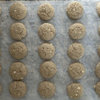

centralcacyclist
jain
Related Discussions
Mulch 'Volcanos' ??
Q
Our 'C' drive is wiped out
Q
Wayne Dalton i-Drive vs. Belt Drive vs. Screw Drive
Q
Win 8, Back-up Flash Drive and Scammers
Q
jimtex
Gina_W
wizardnm
riverrat1
canarybird01Original Author
jain
annie1992
granjan
brenda55
jimtex
canarybird01Original Author
User
msafirstein
canarybird01Original Author
User